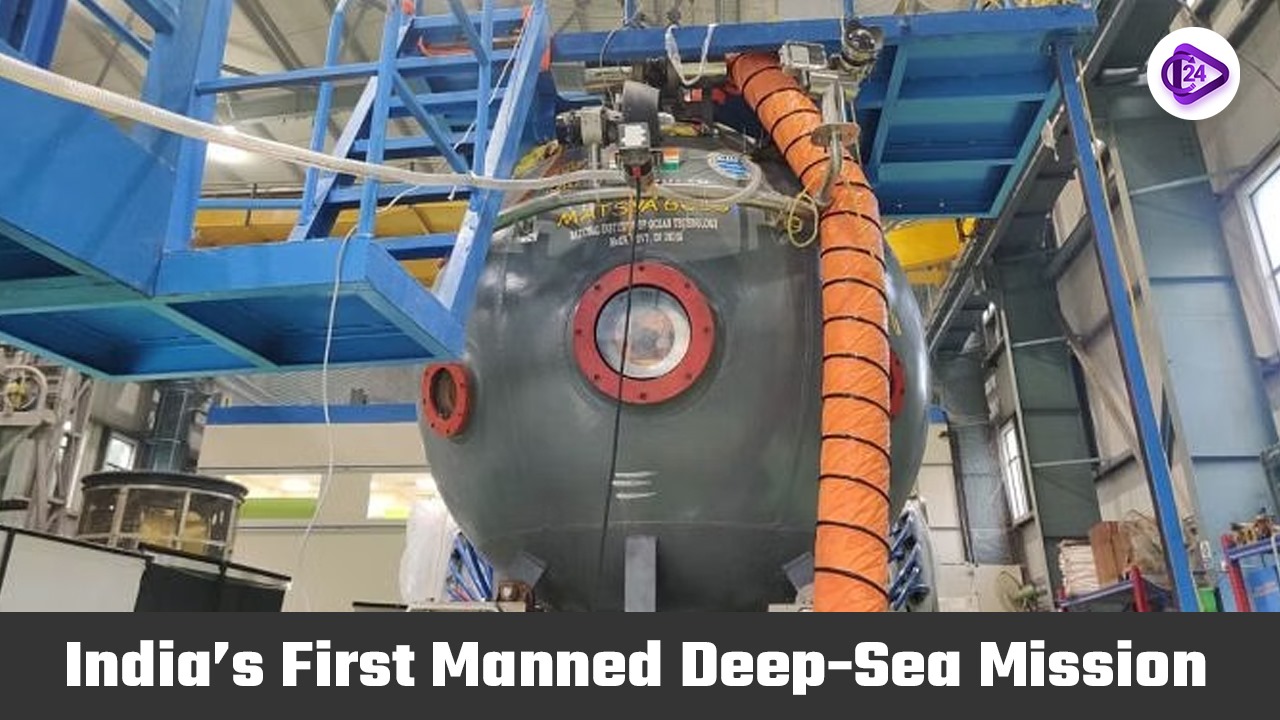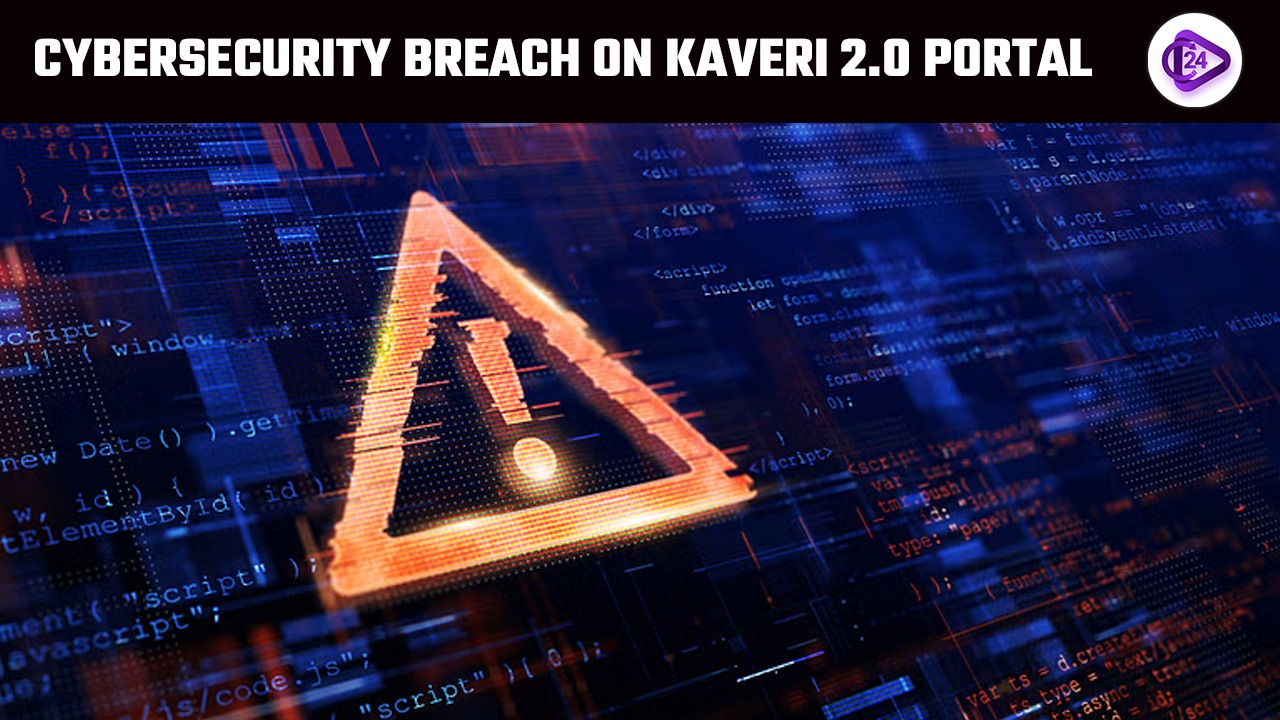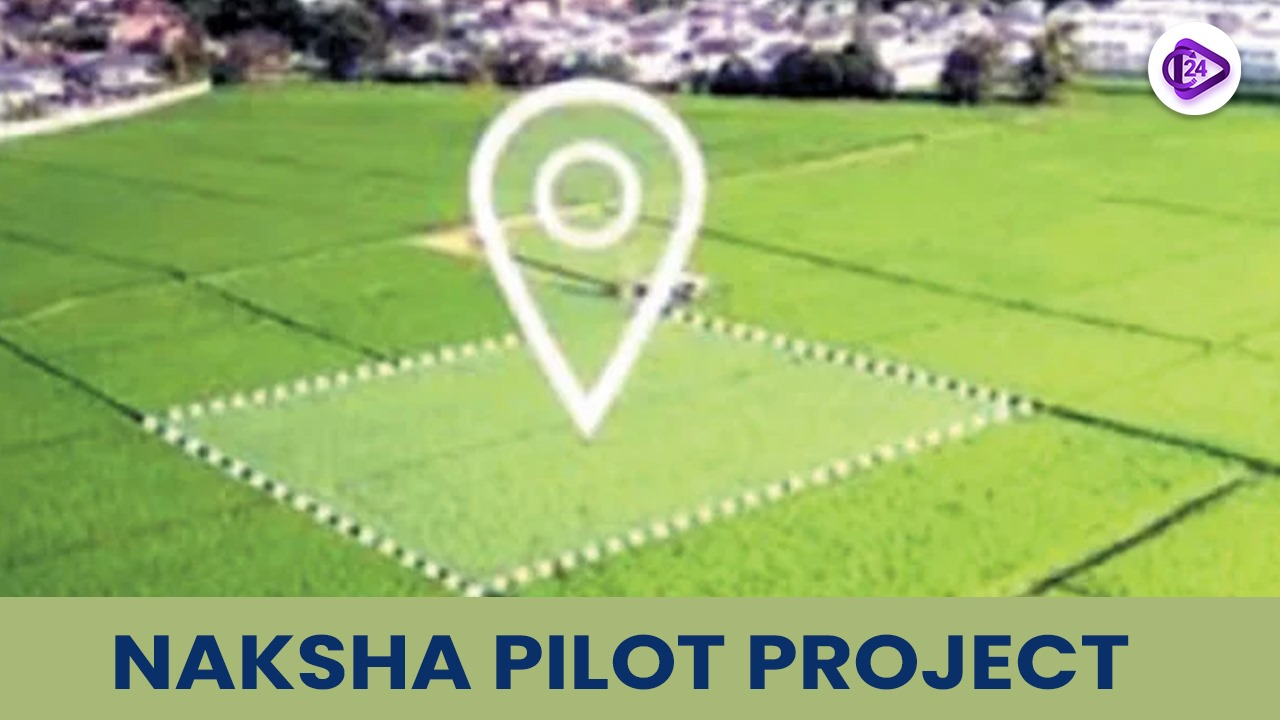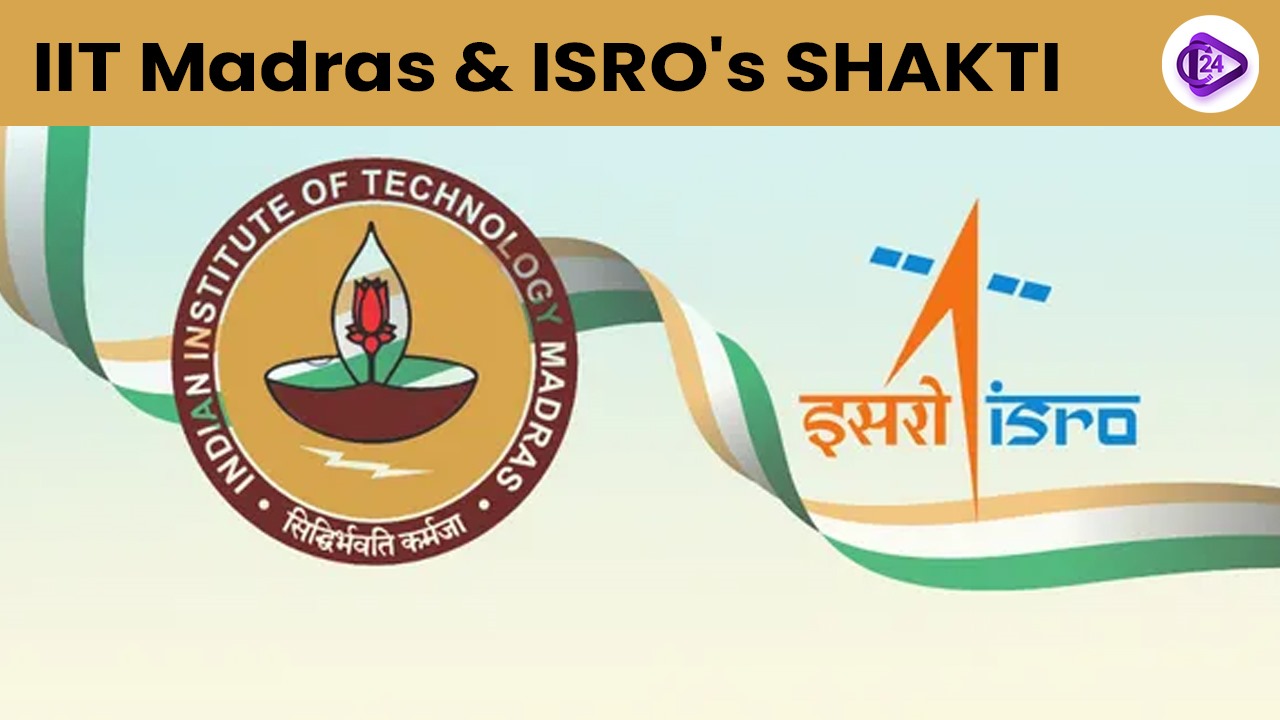
India’s Deep Ocean Mission will introduce its manned submersible Matsya 6000 in 2026 aiming to put India among five countries US, France, China, Russia, and Japan able to perform deep-sea exploration. The Samudrayaan Project at NIOT Chennai developed Matsya 6000 as their deep-sea submersible meant for ocean research studies. A ₹4,077 crore mission managed by the Earth Sciences Ministry strives to observe deep-sea biodiversity while studying marine ecosystems and valuing cobalt and manganese as well as rare earth element resources. Matsya 6000 incorporates modern safety and navigation systems to boost Indian deep-sea technology which enables research and resource exploration in deep ocean areas.
Context:
-
Under the Deep Ocean Mission (DOM) India will initiate its inaugural manned submersible Matsya 6000 during 2026.
-
The mission positions India inside the exclusive consolidated group of five nations (US, France, China, Russia, and Japan) that can execute deep-sea manned exploration.
-
A representative from the Union Minister of Earth Sciences approved the project.
What is Matsya 6000?
-
The underwater exploration capability of Matsya 6000 operates as a deep-sea manned submersible.
-
The development of Matsya 6000 took place under the Samudrayaan Project which functions as a component of the Deep Ocean Mission (DOM).
-
Matsya 6000 was constructed at the Chennai facility of the National Institute of Ocean Technology (NIOT).
Ministry & Budget
-
The Earth Sciences Ministry stands as the implementation authority for this program.
-
Deep Ocean Mission serves as a funding source which comprises ₹4,077 crore for deep-sea exploration objectives.
Aims and Objectives
-
The objective of surveying involves mapping deep-sea biodiversity alongside studying marine ecosystem dynamics.
-
The survey focuses on mineral exploration of cobalt along with manganese and copper and rare earth elements.
-
Research support for oceans will be combined with literacy campaigns for marine environments and tourist initiatives for the ocean.
-
India will enhance its technological competence for manned deep-sea explorations through this effort.
Key Features of Matsya 6000
-
Deep-sea Capability
-
Matsya 6000 functions between 6,000 meters under the ocean surface.
-
Operational endurance: 12-16 hours of deep-sea exploration.
-
Emergency survival: 96-hour life support for crew safety.
-
-
Structural Design
-
Crew Capacity: Houses three crew members.
-
The sphere structure has a diameter of 2.1 meters and consists of 80mm thick titanium alloy material to withstand extreme pressure conditions.
-
-
Advanced Navigation & Communication Systems
-
Ultra-Short Baseline (USBL) Acoustic Positioning System for real-time underwater tracking.
-
Continuous surface contact remains possible through voice and data communication systems installed on board.
-
-
Safety & Redundancy Measures
-
The safety measures incorporate triple redundant systems that distribute across buoyancy devices power systems and life support components which work together for maximum protection.
-
The syntactic foam flotation device can automatically return the equipment to the surface in case of emergencies.
-
Functions of Matsya-6000:
-
Deep-Sea Exploration
-
Scientists should perform biodiversity examinations at hydrothermal vents and methane seeps to study chemosynthetic organisms.
-
Researchers need to assess both the floor composition and health state of marine ecosystems.
-
-
Resource Assessment
-
Researchers should identify the mineral deposits of cobalt, manganese and rare earth elements.
-
Scientists need to evaluate the possibility of extractable minerals in deep-sea zones and develop methods to extract them sustainably.
-
-
Scientific Research & Technological Advancement
-
Marine archaeology should receive support alongside deep-sea engineering innovation development.
-
Deep-sea biodiversity serves as the study subject for contributing to research about climate change.
-
Conclusion
Matsya 6000 stands as a major achievement for deep-sea research in Indian territory because it simultaneously advances scientific discoveries and evaluates resources. The mission realizes India's goals of developing the blue economy together with technological self-reliance and ocean conservation projects.




 Kerala Launches nPROUD: India’s First Safe Drug Disposal Program
Kerala Launches nPROUD: India’s First Safe Drug Disposal Program Harnessing AI to Generate Patterns of Antibiotic Resistance in Real Time
Harnessing AI to Generate Patterns of Antibiotic Resistance in Real Time Intensified Special NCD Screening Drive: Key Highlights & Objectives
Intensified Special NCD Screening Drive: Key Highlights & Objectives Kaveri 2.0 DDoS Attack Highlights Cybersecurity Gaps in India
Kaveri 2.0 DDoS Attack Highlights Cybersecurity Gaps in India NAKSHA Pilot Project: National Geospatial Knowledge-based Land Survey of Urban Habitations
NAKSHA Pilot Project: National Geospatial Knowledge-based Land Survey of Urban Habitations AI Set to Give Voice to Endangered Tribal Languages
AI Set to Give Voice to Endangered Tribal Languages IIT Madras & ISRO Unveil SHAKTI-Based IRIS Chip for Space
IIT Madras & ISRO Unveil SHAKTI-Based IRIS Chip for Space SRY Gene: The Key to Sex Determination & Rare Genetic Anomalies
SRY Gene: The Key to Sex Determination & Rare Genetic Anomalies AI Impact on Genetics: Transforming Research and Healthcare
AI Impact on Genetics: Transforming Research and Healthcare






